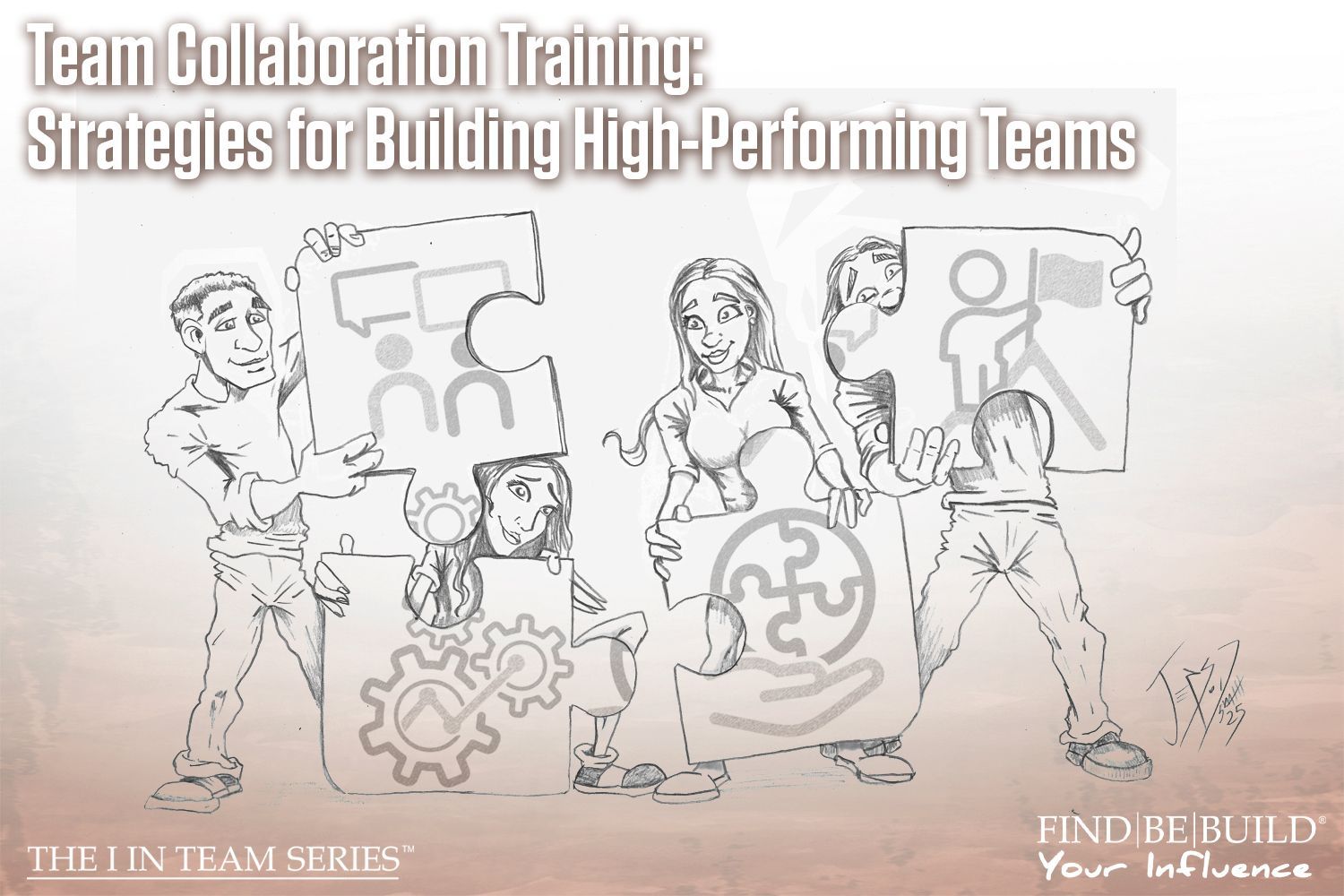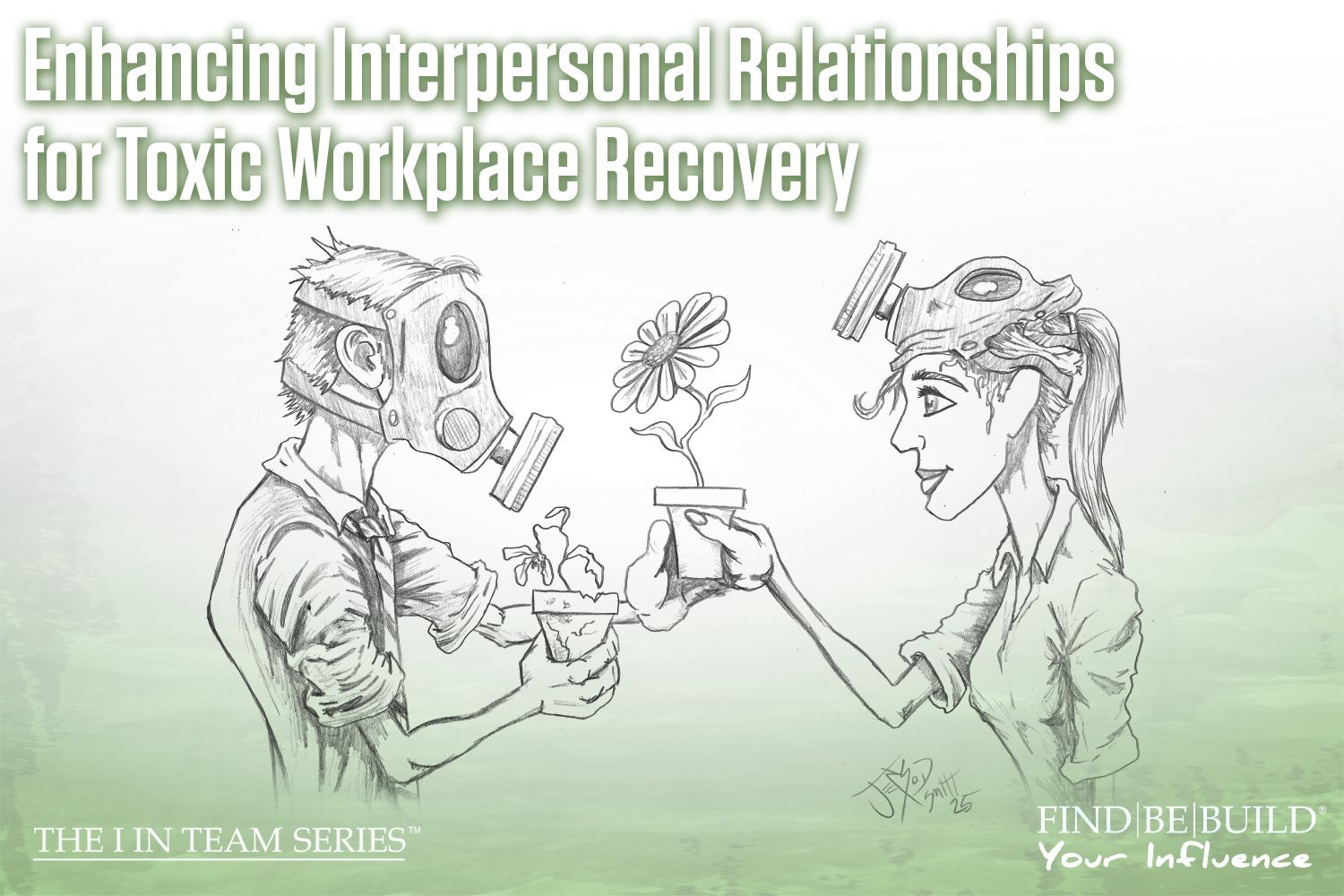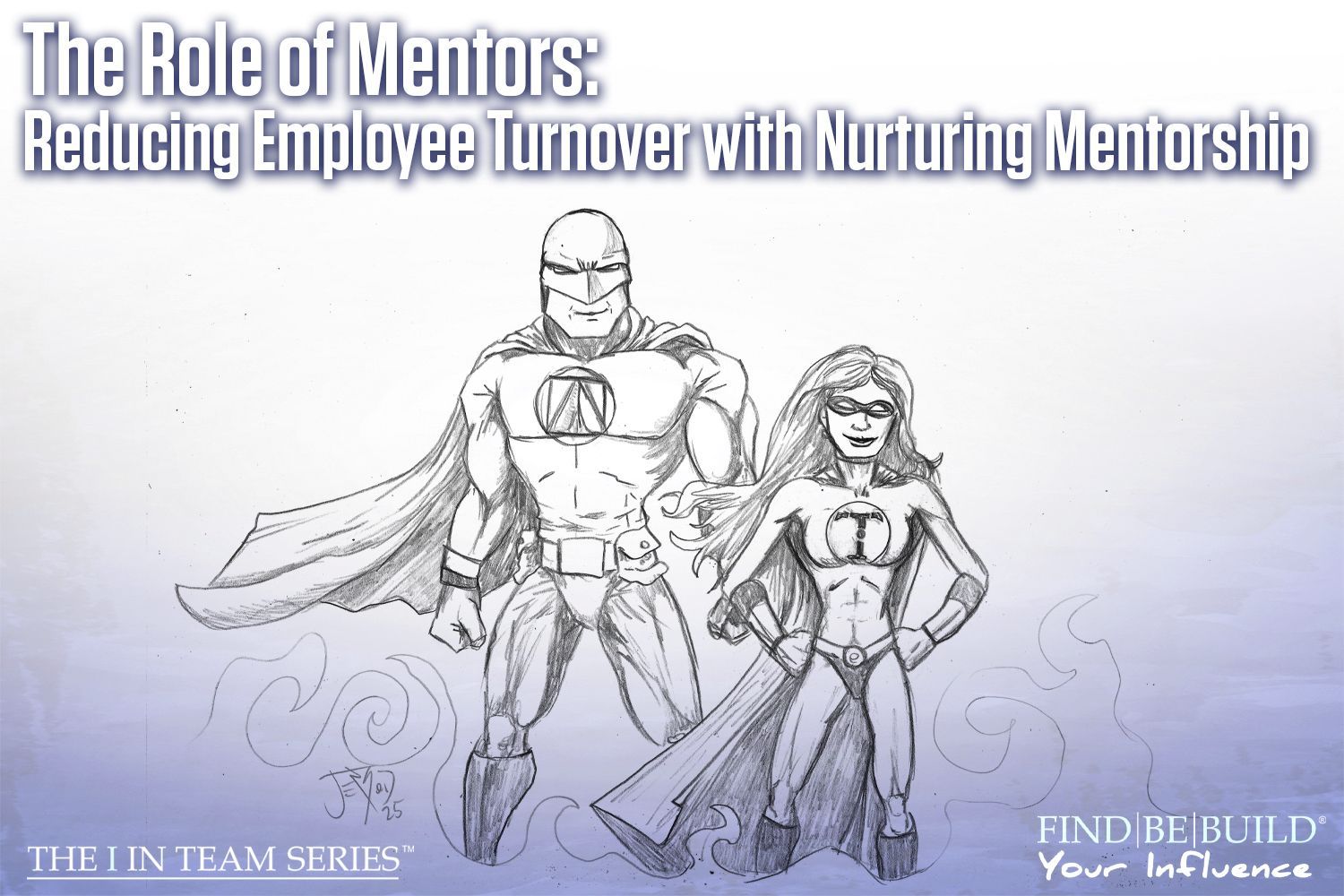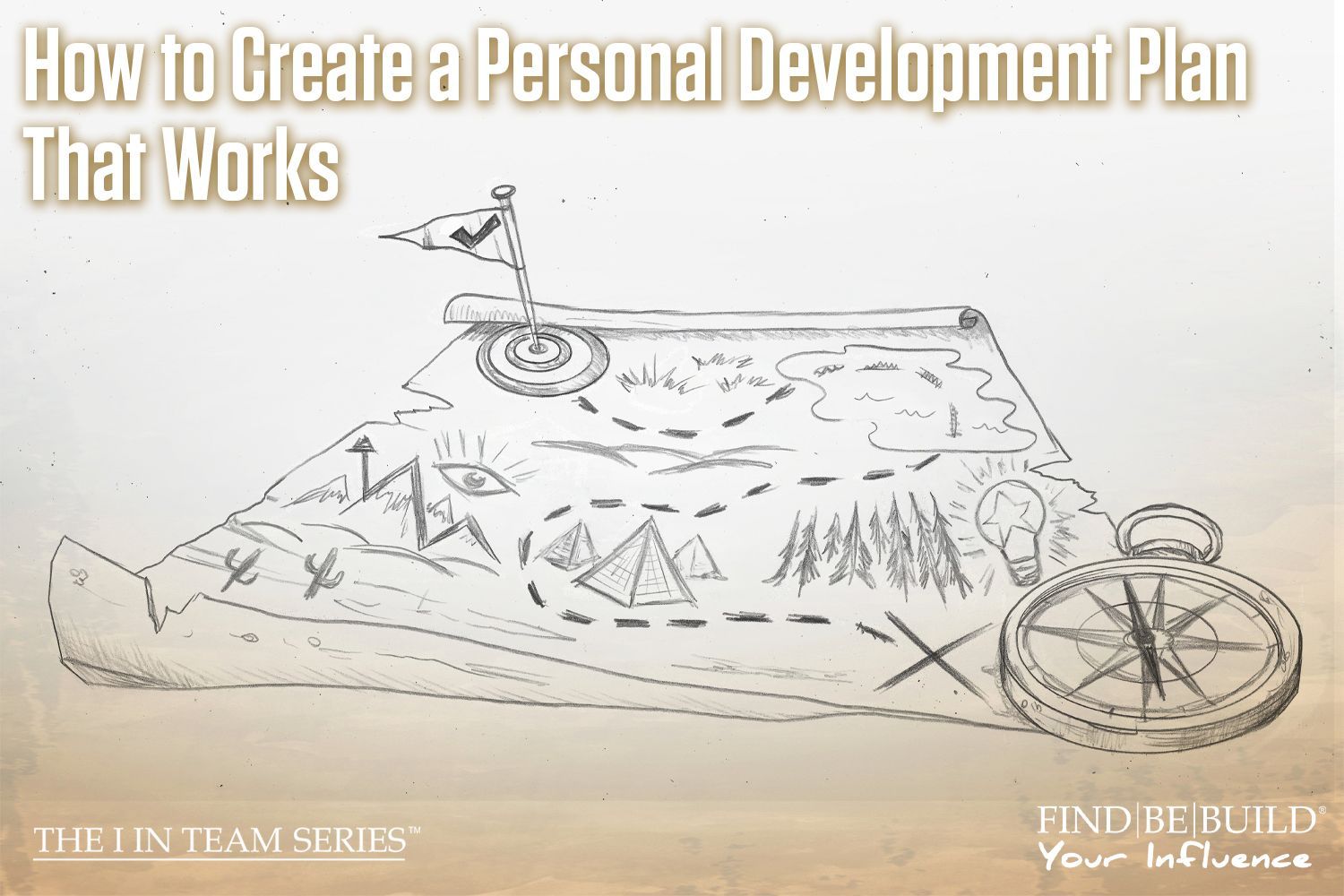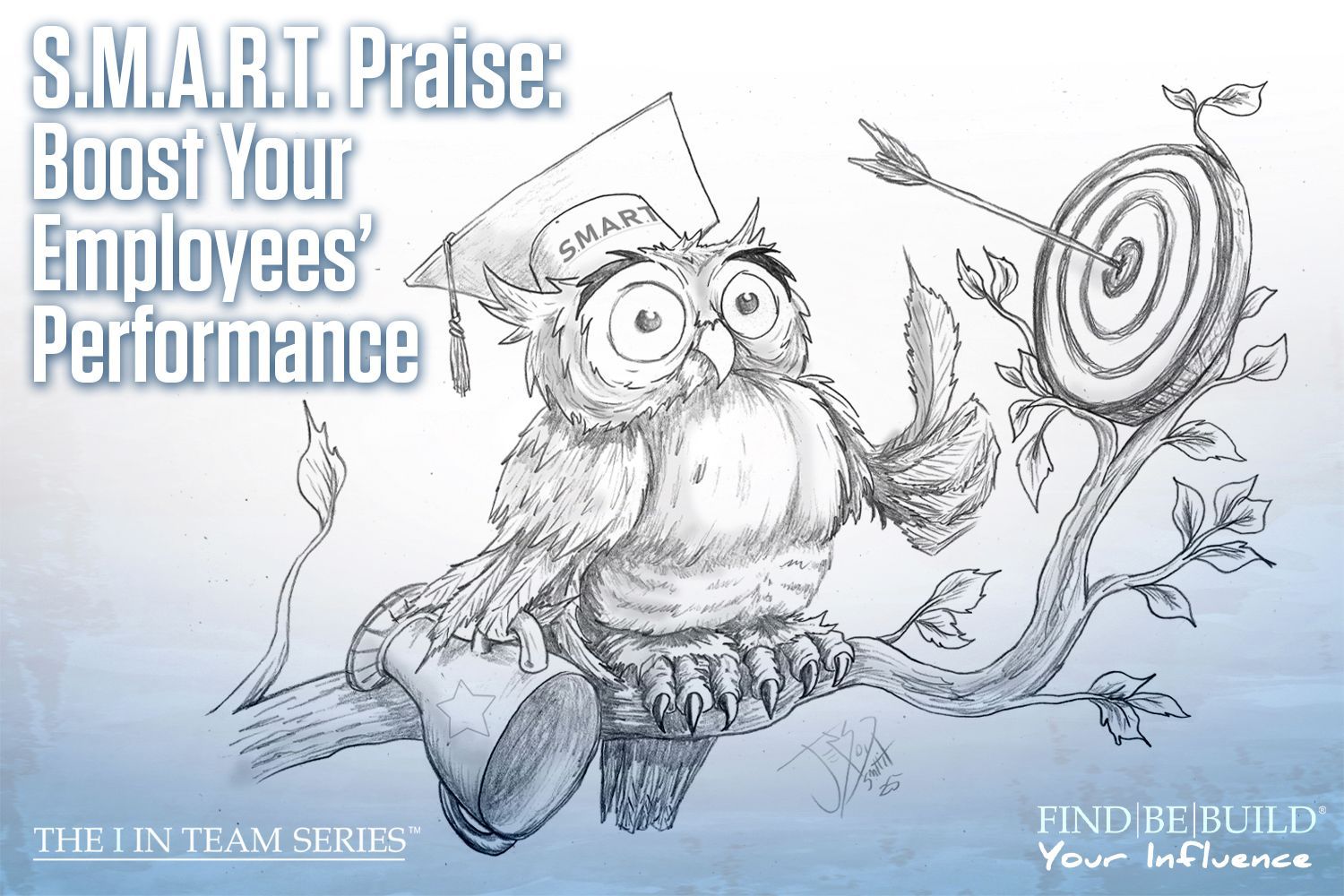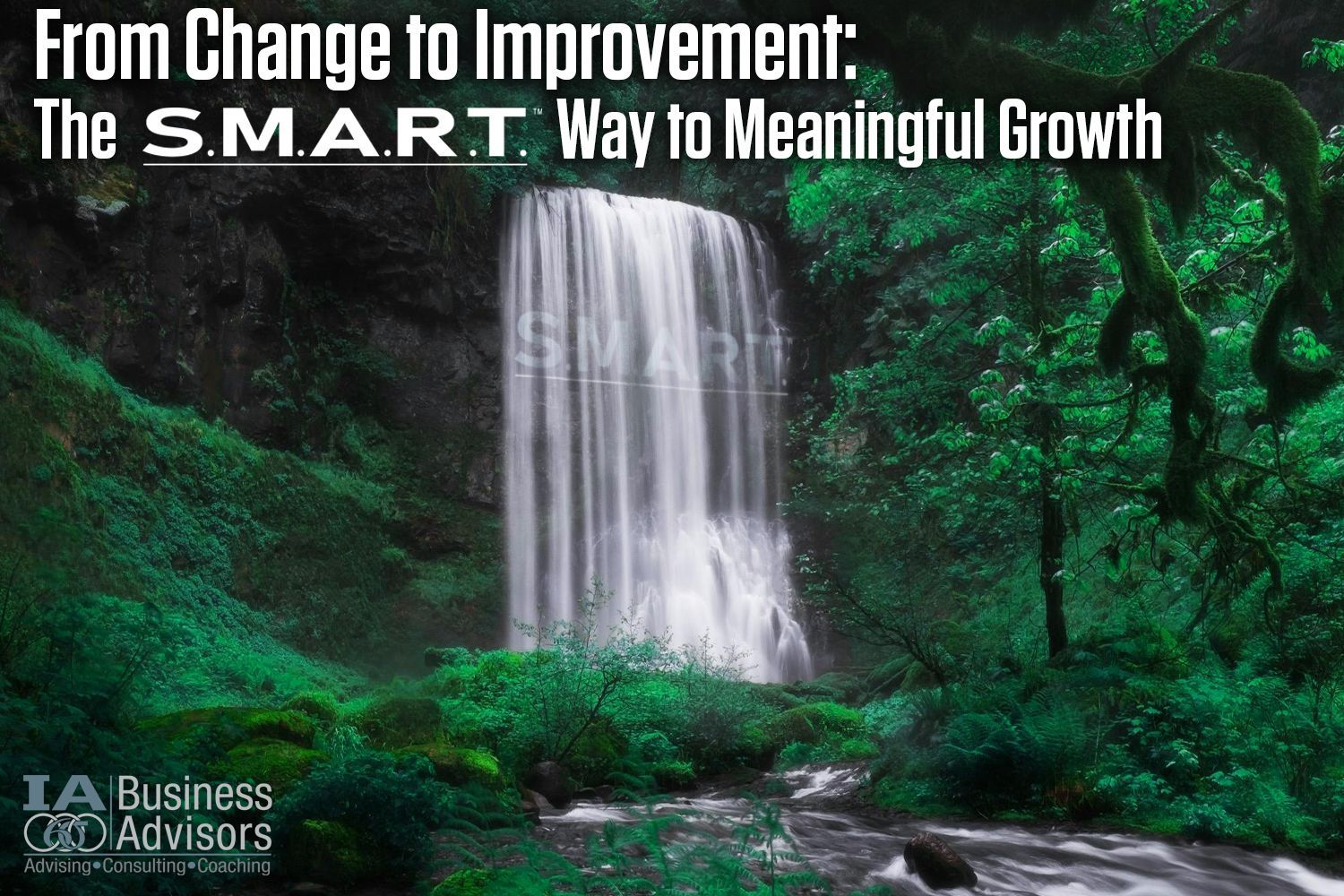Top 5 Signs of a Toxic Workplace and How to Fix Them
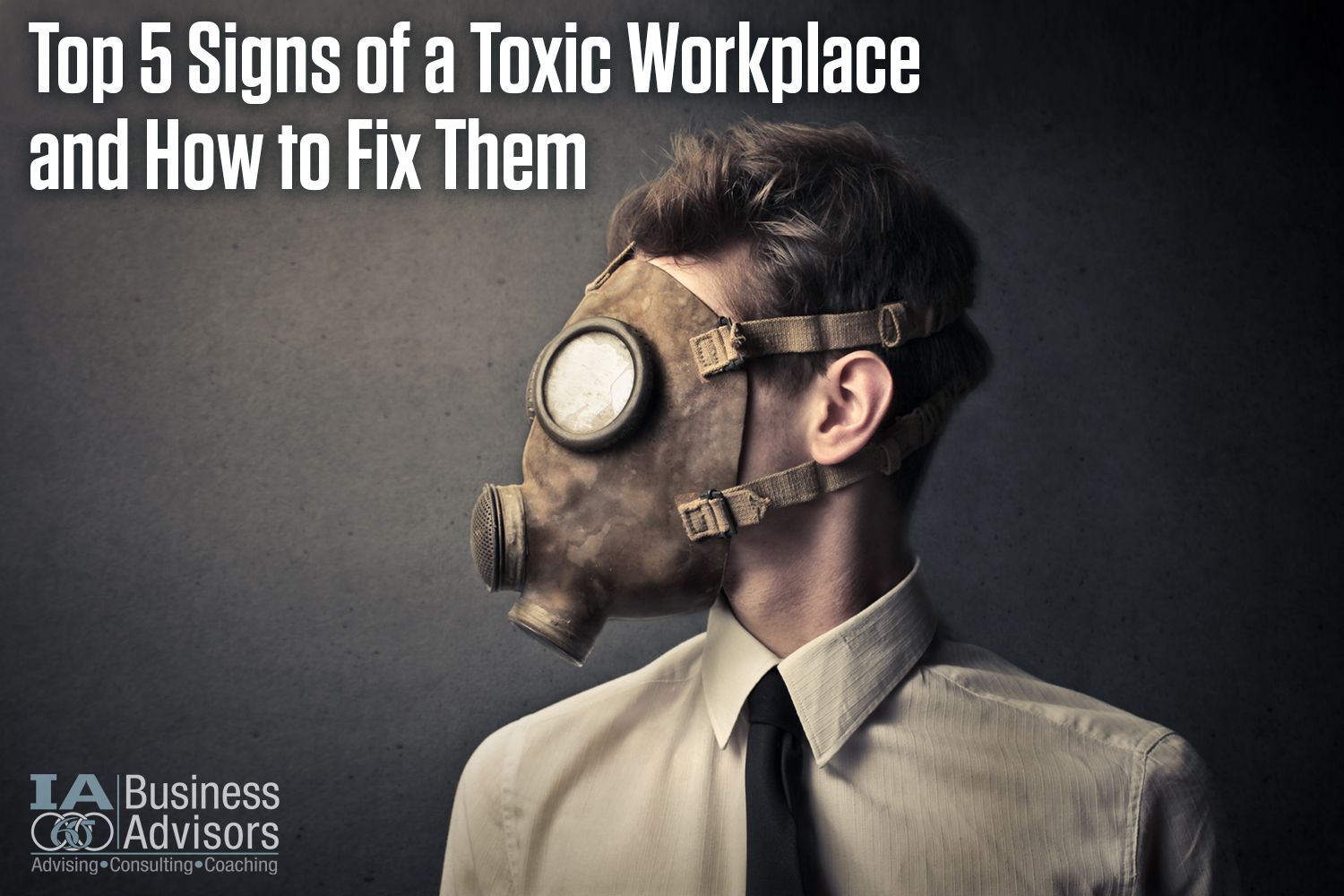
Top 5 Signs of a Toxic Workplace and How to Fix Them
The culture of a company goes beyond being a popular term; it acts as the heartbeat of the organization. A positive workplace culture nurtures feelings of recognition, drive, and shared objectives among staff members. On the contrary, a toxic culture can result in lowered morale, reduced efficiency, and a rise in employee turnover.
Fortunately, it is achievable to rectify a toxic work environment through intentional leadership and an unwavering commitment to continuous improvement. Presented below are five common signs of issues and how leaders can respond purposefully and directly.
1. Deficient Communication
A lack of effective communication can erode trust within the workplace. When communication is inadequate, inconsistent, or unclear, employees are left to speculate, leading to frustration and disengagement. Leaders must prioritize transparency. Open and honest communication about progress, challenges, and goals establishes a bedrock of trust within the workplace.
2. High Turnover and Burnout
Frequent turnover and signs of burnout, like absenteeism or low energy, often indicate deeper cultural problems. Toxic environments can exhaust individuals, especially when expectations are unclear or support is lacking. Organizations that retain top talent focus on creating a supportive environment where employees feel valued and listened to.
3. Fear-Inducing Leadership
A culture that discourages questions, punishes mistakes, or stifles dissent breeds fear, which undermines trust. Empowering leadership fosters a sense of responsibility and shared accountability. Leaders who acknowledge their influence and invite feedback create a psychologically safe space for their teams.
4. Exclusivity, Gossip, and Cliques
When internal dynamics mirror social hierarchies, team unity weakens. Favoritism, rumors, and exclusion hinder collaboration and morale. Leadership plays a vital role in championing inclusivity, nurturing relationships across departments, and upholding respect for all team members.
5. Lack of Alignment with Values or Purpose
Employee disengagement often stems from a lack of comprehension or belief in the company's mission and values. In toxic environments, inconsistencies between stated values and actual behavior foster cynicism. A robust culture is constructed on clear, practiced values. Reaffirming the company's mission and aligning leadership actions with these values restores integrity and purpose.
Transitioning from Toxic to Flourishing: A Five-Step Blueprint for Cultivating a Positive Culture
1. Acknowledge the Problem
Cultural repair begins with recognition. Leaders must be ready to acknowledge when the culture has deviated and engage their teams in open discussions.
2. Engage and Listen
Establish channels for feedback through surveys, one-on-one talks, and group dialogues. Valuable input propels meaningful transformations.
3. Define and Uphold Core Values
Specify how values translate into actions and ensure uniformity across all leadership levels.
4. Develop People-Centered Leaders
Empower managers and executives with the skills to lead with empathy, emotional intelligence, and clarity.
5. Measure, Sustain, Enhance
Track progress using cultural indicators, team engagement measures, and feedback mechanisms. Cultivating a positive culture is an ongoing journey that demands consistent reinforcement.
Importance of Nurturing a Positive Culture
A toxic culture incurs costs by impacting performance, sullying reputation, and accelerating employee turnover. Conversely, a thriving culture can have a competitive edge by attracting talent, fostering creativity, and aligning purpose with achievement.
At IA Business Advisors, we aid leaders in pinpointing the underlying causes of dysfunction and implementing practical, employee-focused strategies to craft environments where individuals are enthusiastic to contribute and grow.
